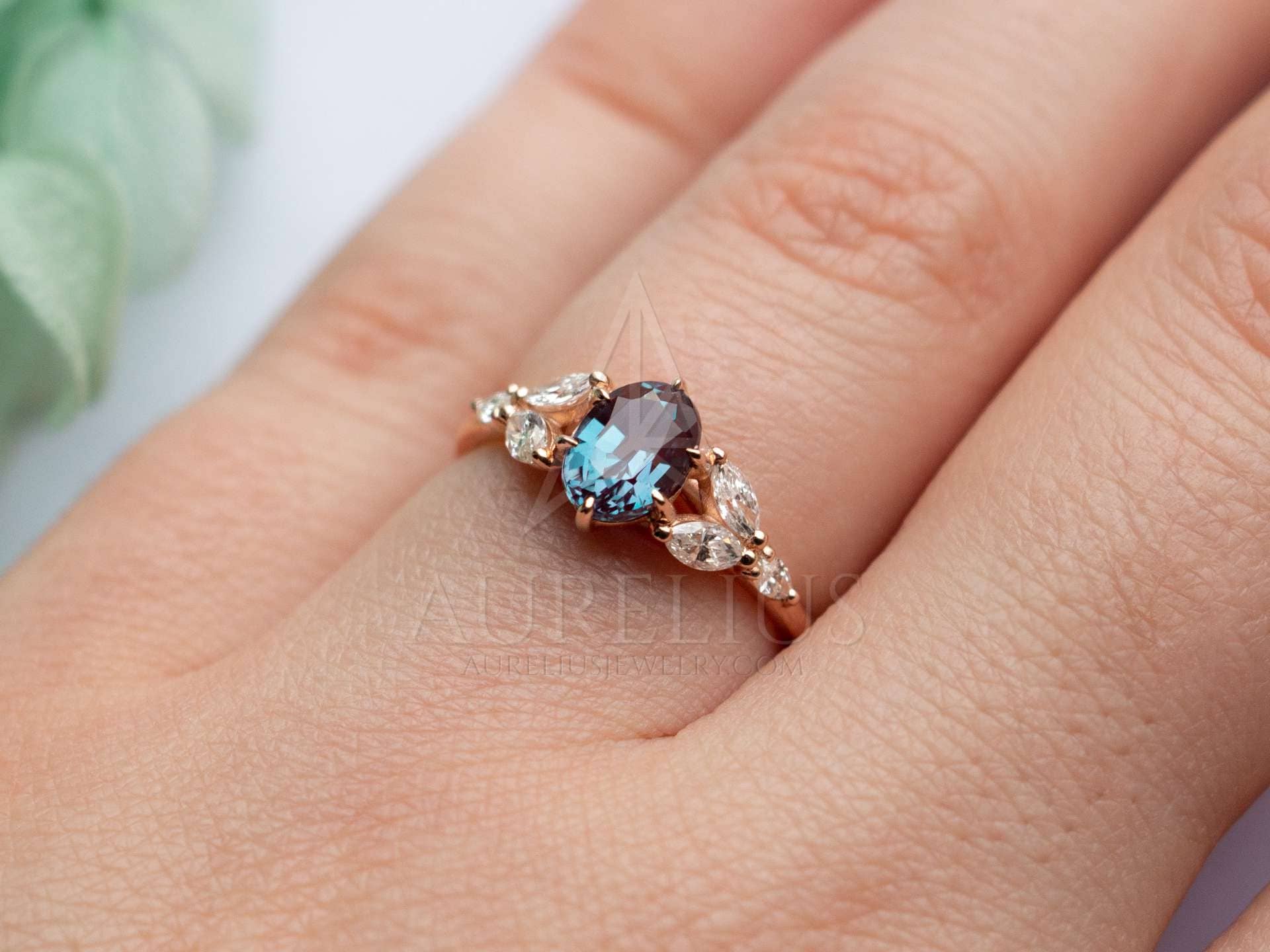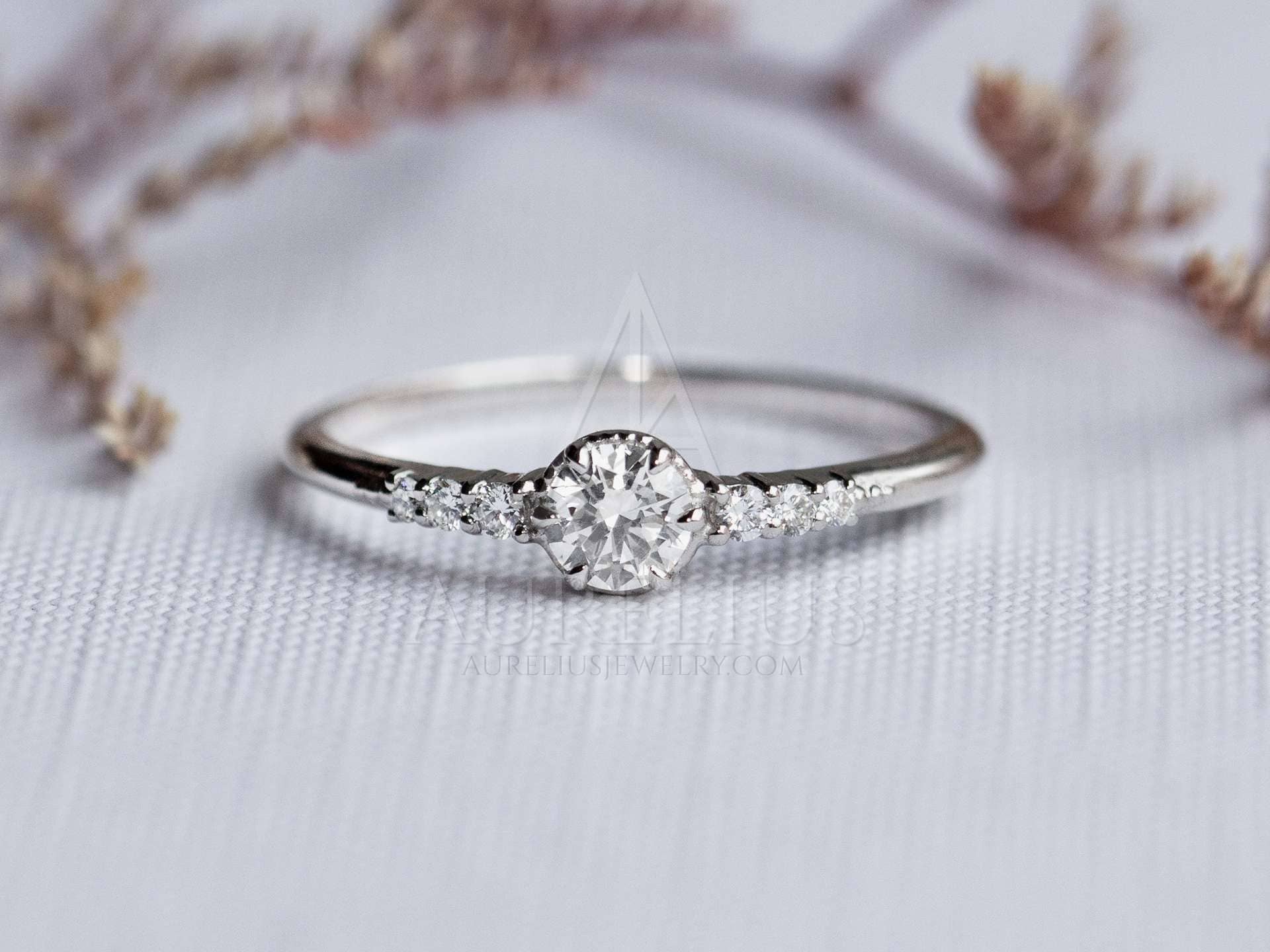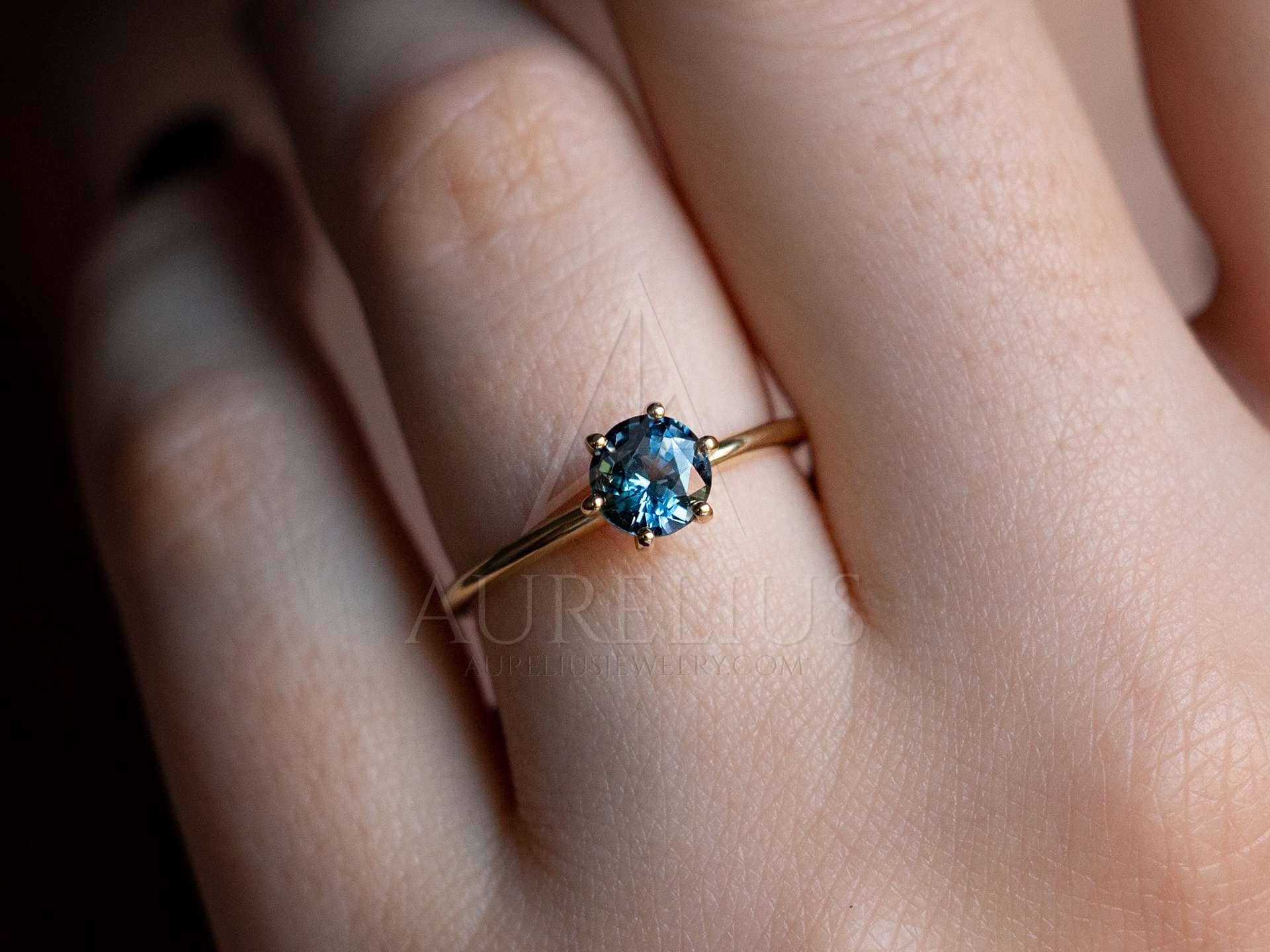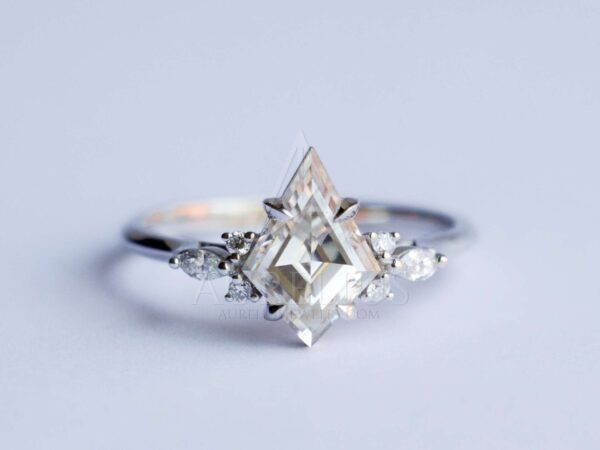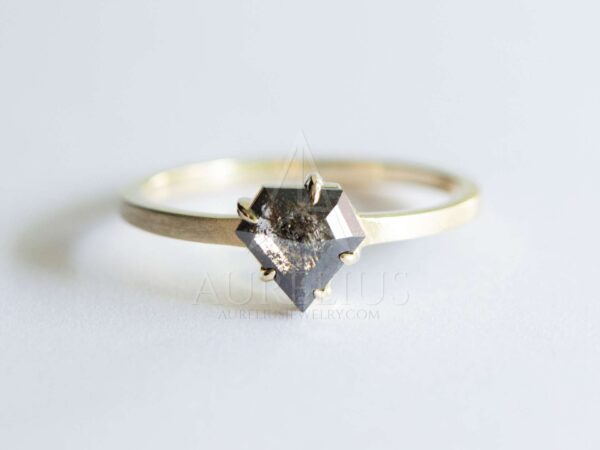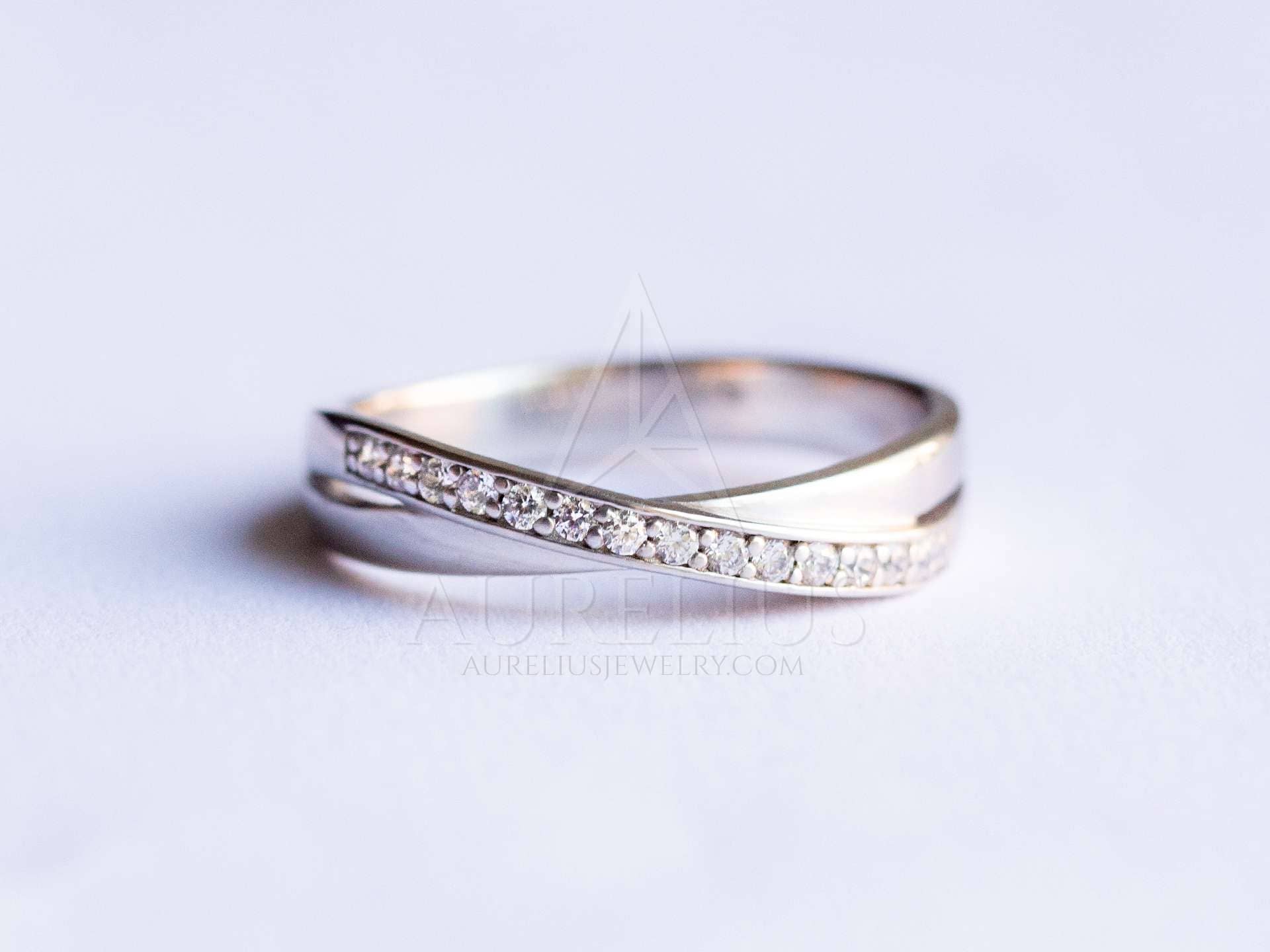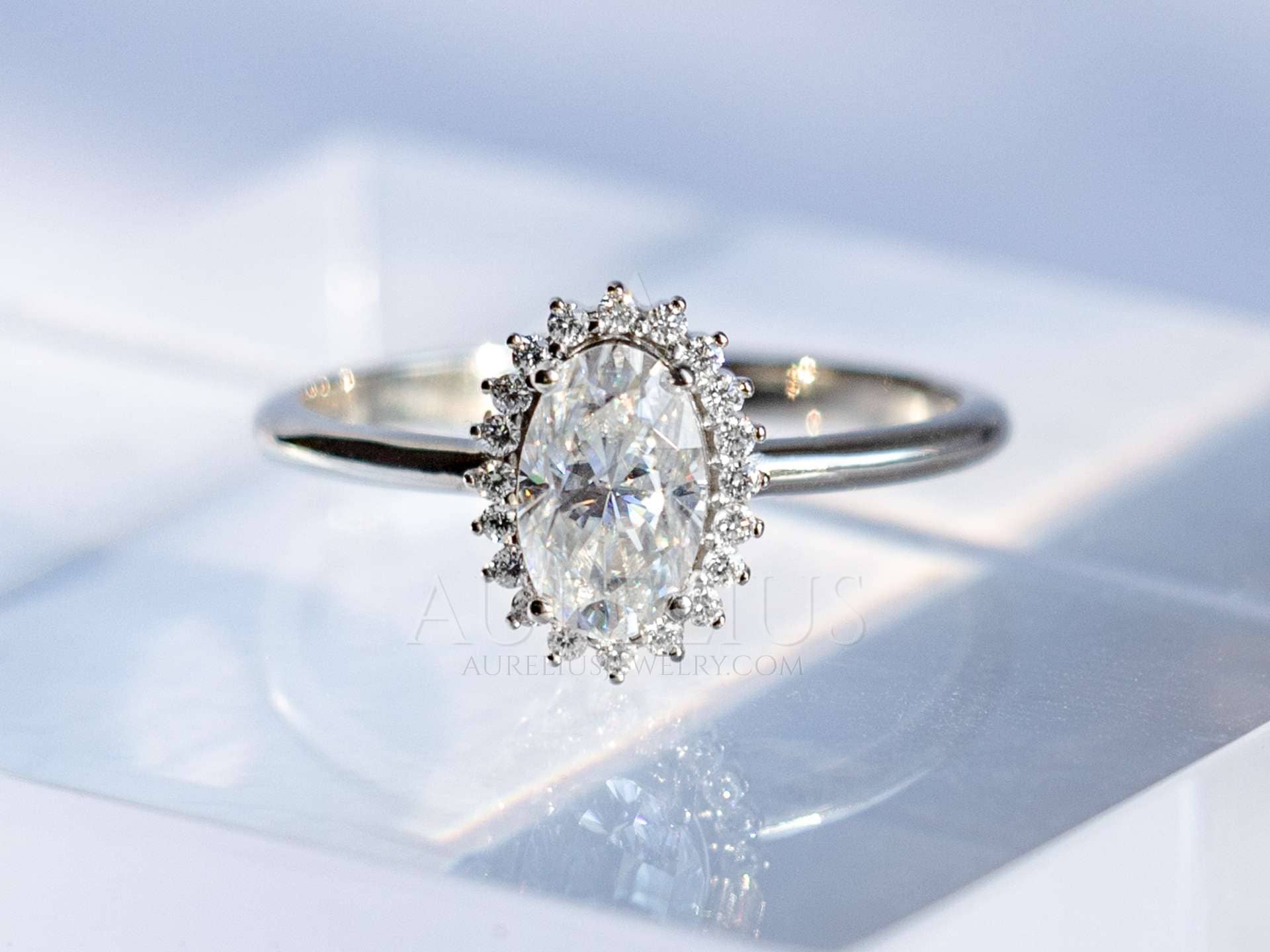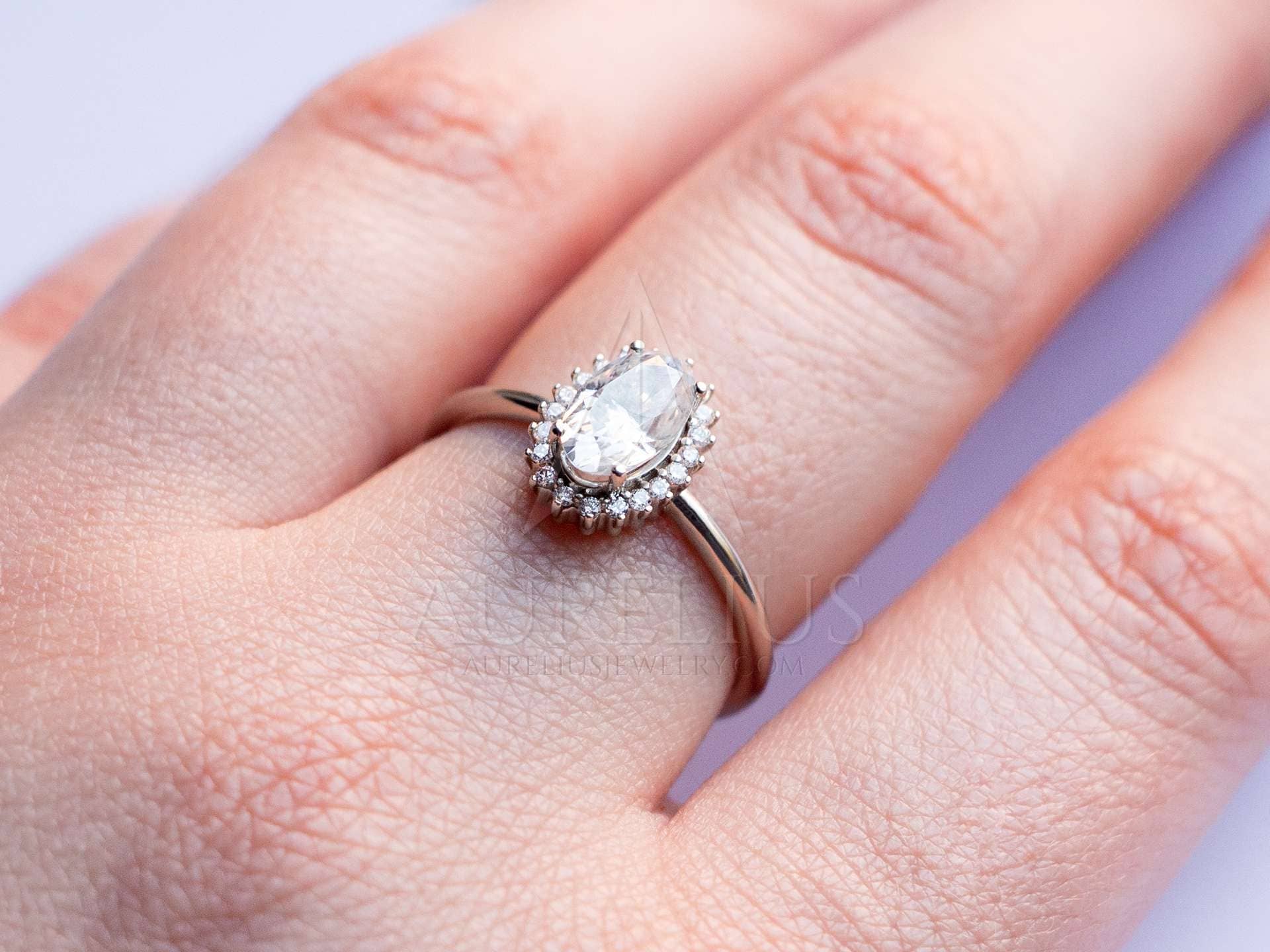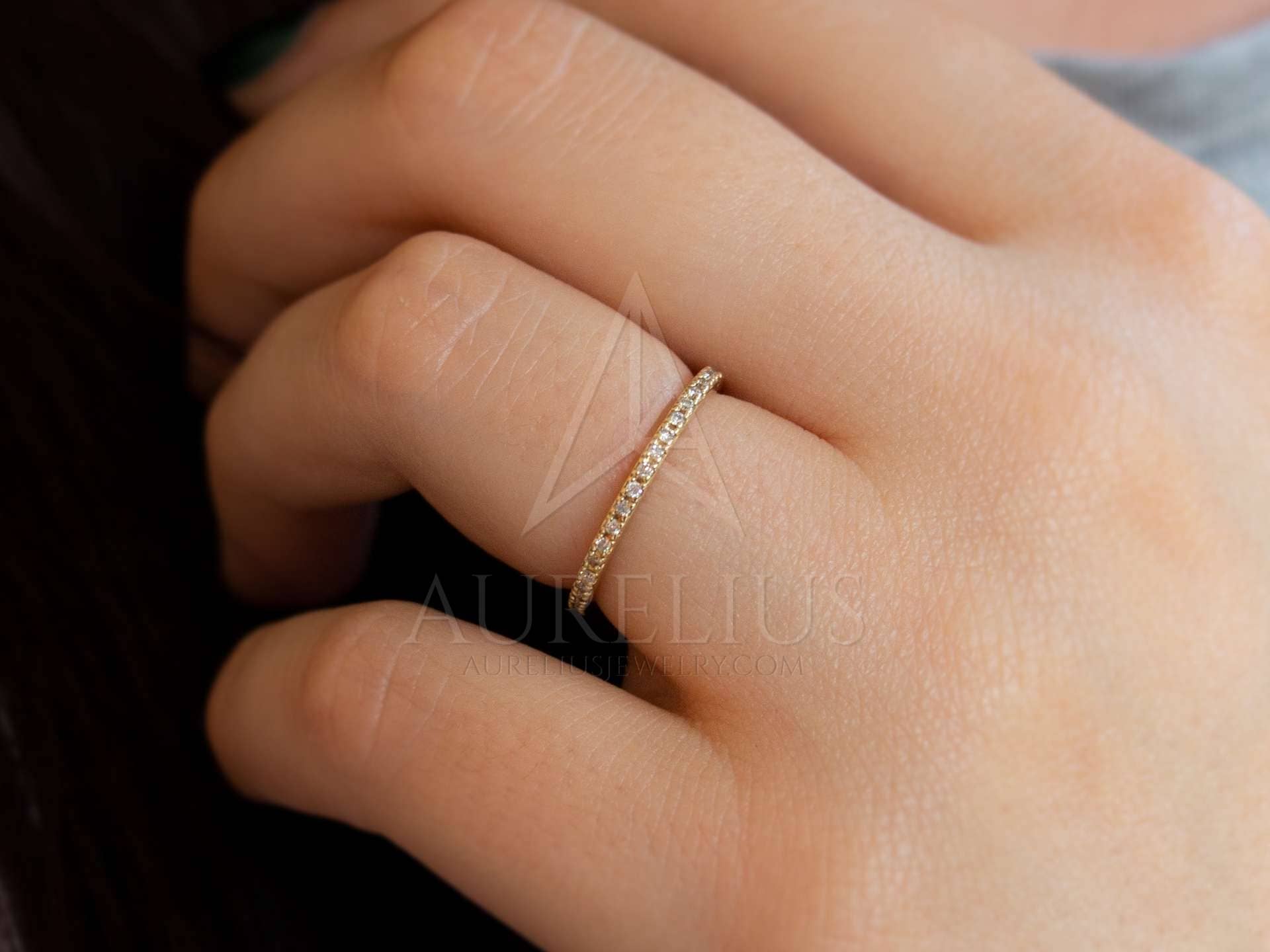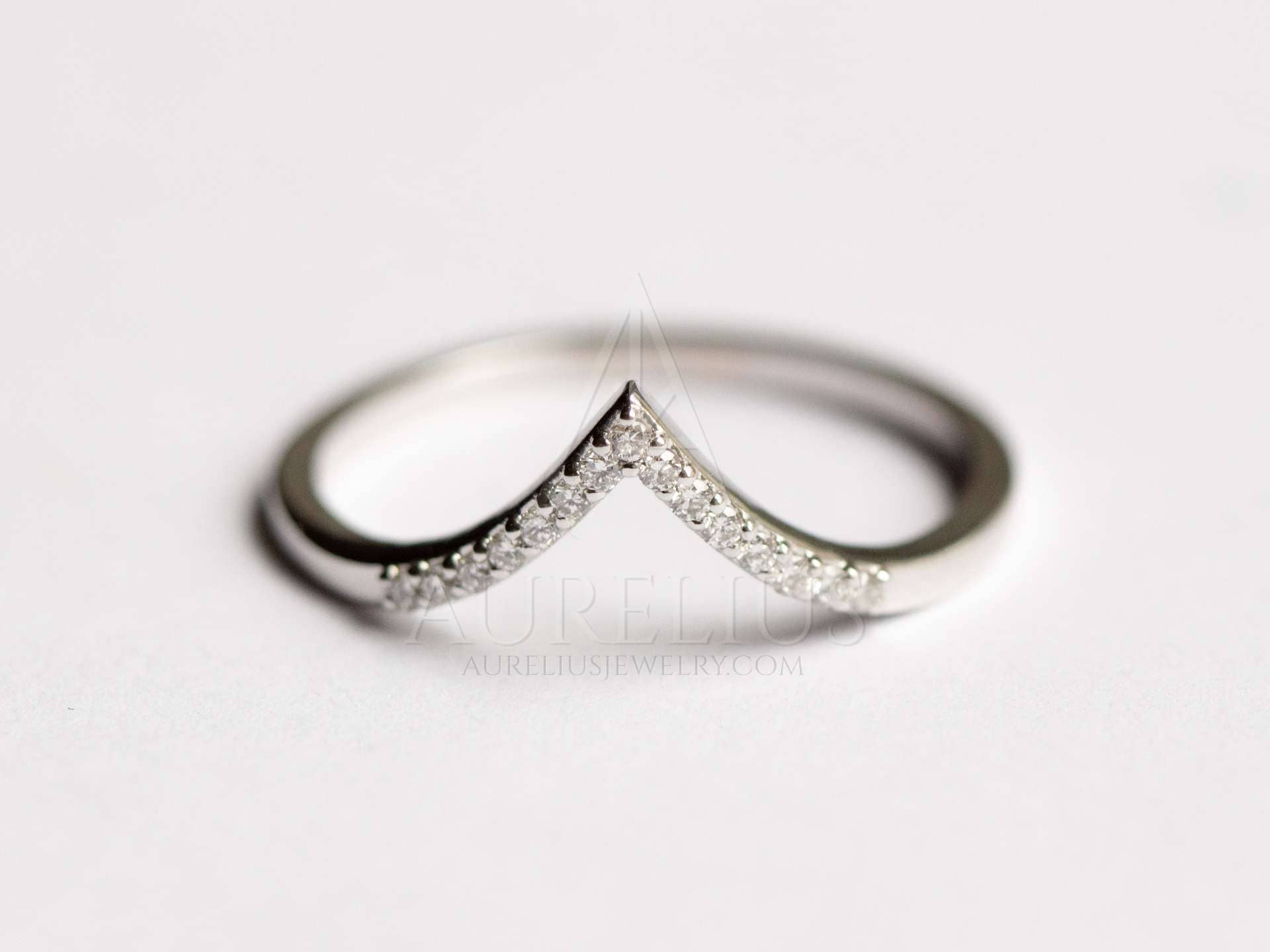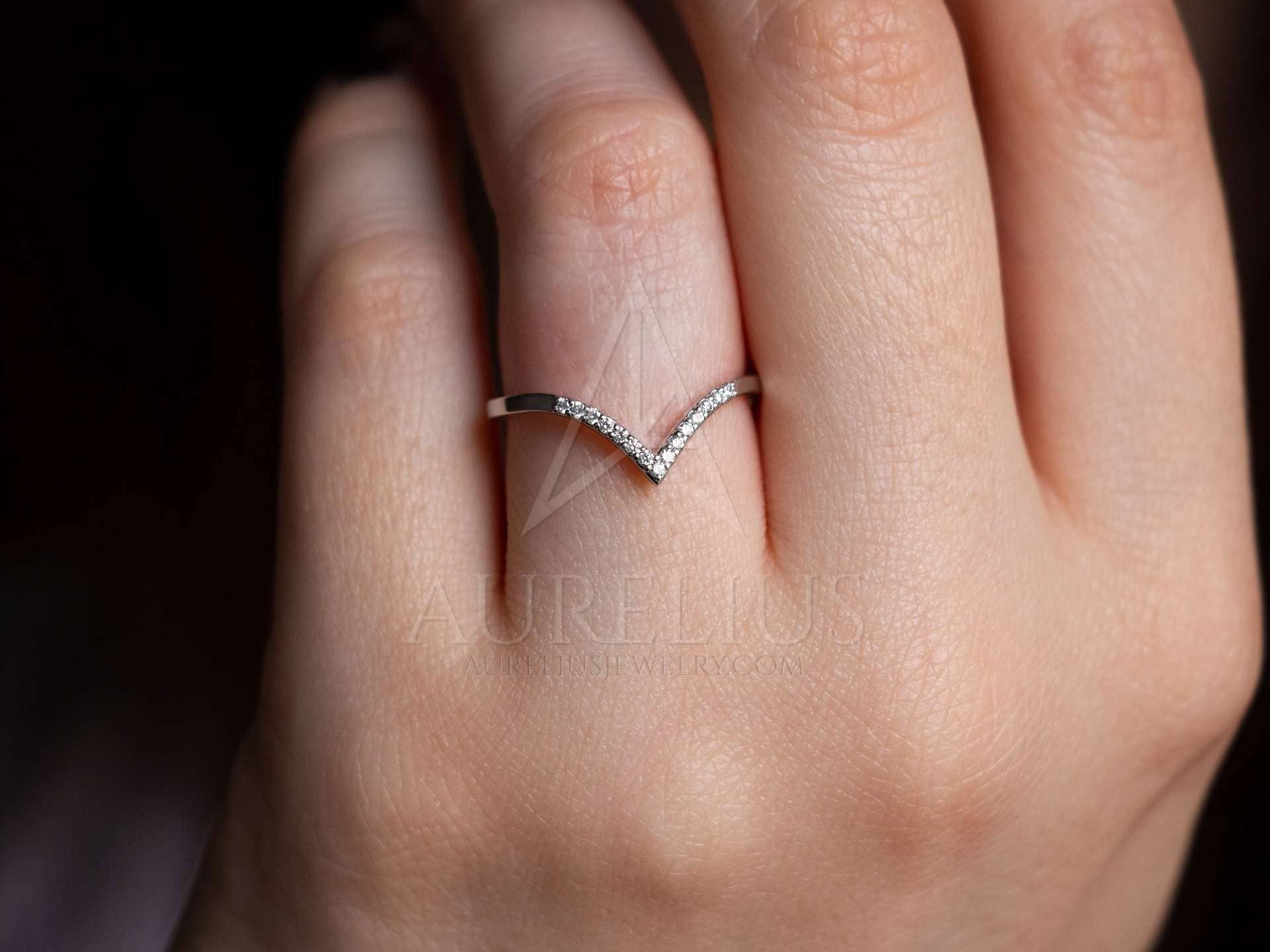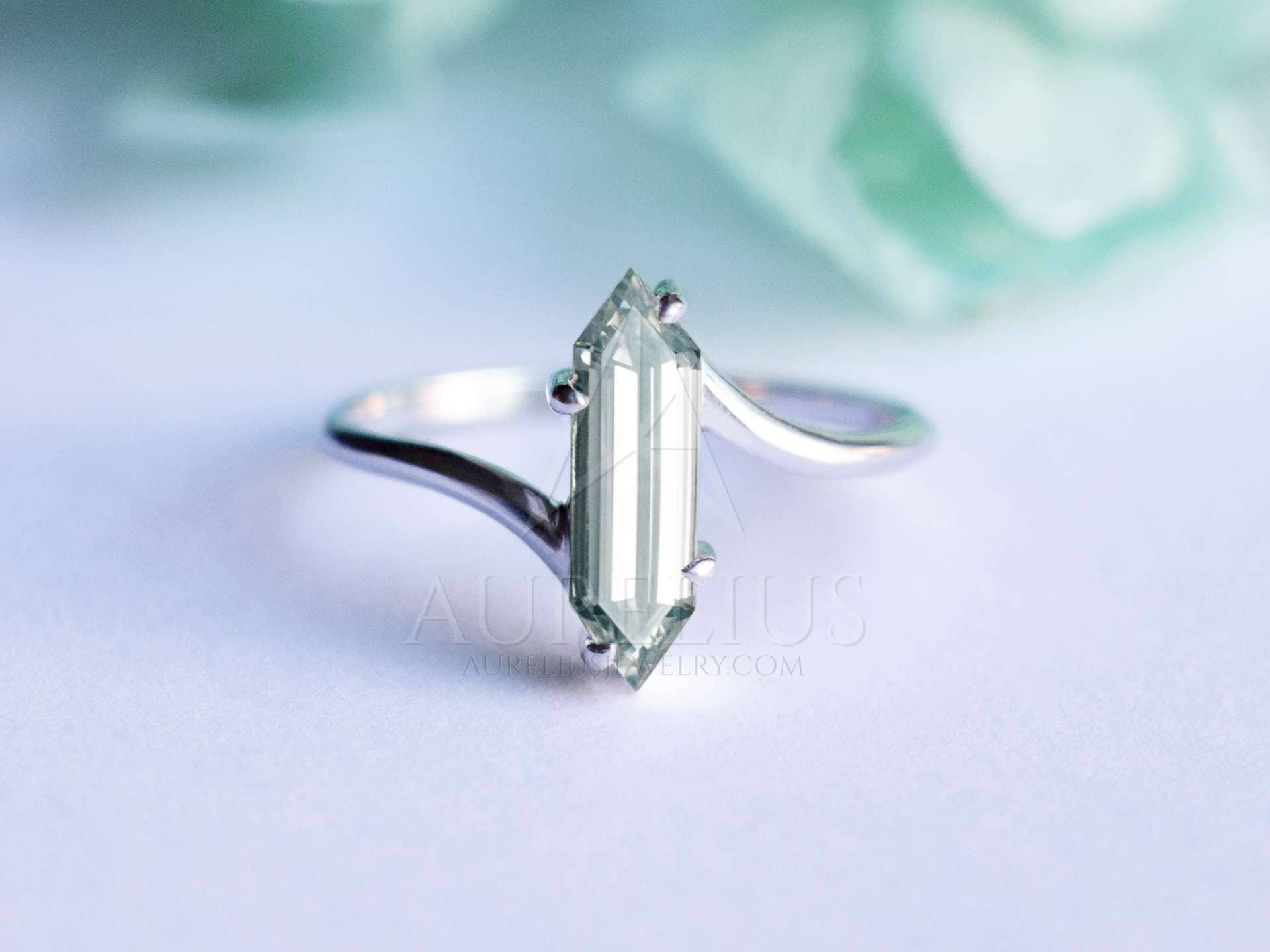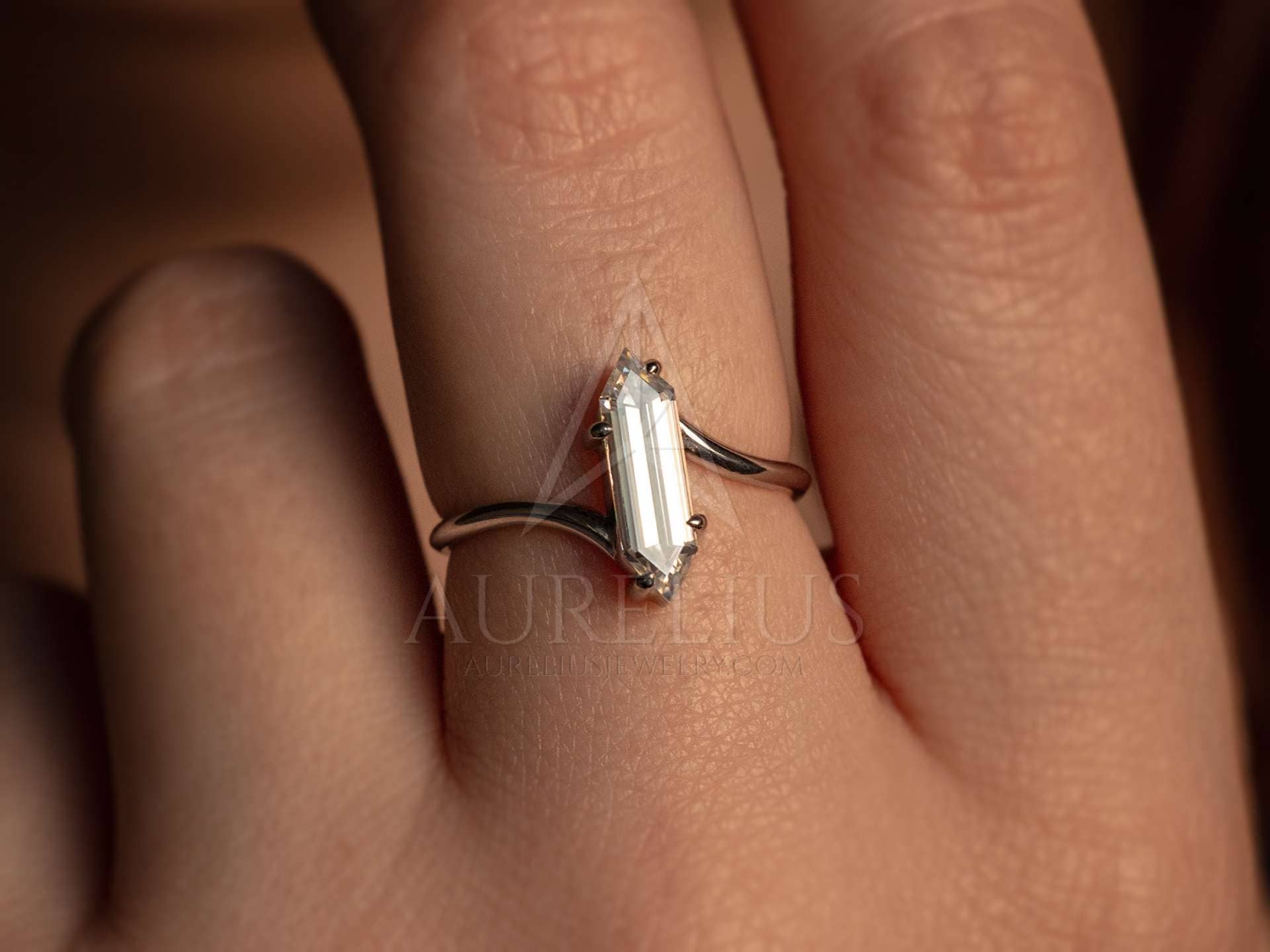If you are looking to buy an engagement ring, there are many types of ring settings that you can choose from. The most common ones are the four or six-prong settings, which can be very traditional.
However, there are also other options you can choose from, such as ring wraps or diamond bands. Learn more about these options in this article! And remember, when buying a ring, the style matters. The right ring setting for your ring should match the look and feel of your woman’s hand.

There are many types of engagement rings available on the market today. There are many types of settings, including Bezel, Prong, Channel, and Twist. Before you make a final decision, you should think about your lifestyle and budget. Experts suggest choosing a setting based on your lifestyle and budget. Rings are very easy to reset and add stones later. Fortunately, engagement rings are relatively easy to replace and reset if needed.
Bezel Ring Settings
A bezel setting can hide a diamond flaw from view. A bezel setting prevents light from entering or leaving the diamond. Because of this, the diamond appears dull and lacks luster. A bezel setting is more popular with athletes and artists. A bezel setting keeps the diamond safe from getting caught in clothing. In addition, a bezel setting allows for a lower-grade diamond. For this reason, bezel settings are ideal for engagement rings.
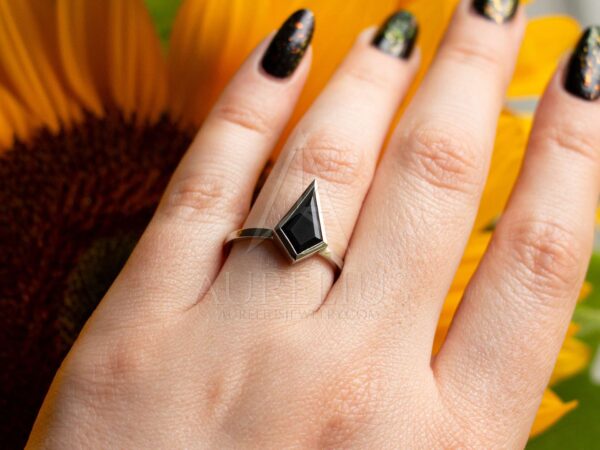
A bezel setting is also ideal for fancier shapes. The metal rim surrounding the stone will give it maximum protection and also conceal more of the center stone. Half-bezel mountings are a great choice for diamonds that are smaller or square in shape. Half-bezel settings have a narrower bezel than full bezel settings. The resulting setting will have a lighter appearance. Despite its advantages, the bezel setting will likely affect the diamond’s reflection.
Another reason to choose a bezel setting is its flexibility. A bezel setting allows a diamond to look larger or smaller, depending on the stone’s shape and size. A bezel setting is more secure than a prong setting, but it also requires more metal. You’ll need to consider the size of your stone and the shape of the metal. Be sure to choose the best size for your stone and the setting that will compliment it.

A bezel setting for an engagement ring is a classic choice for many reasons. In addition to its secure setting, this style also showcases accent diamonds, increasing their sparkle. A bezel setting can also be a great choice if the bride wants her ring to be unique and stand out. Read on to learn more about this setting style. And don’t worry if you’re not sure whether it’s the right choice for your engagement ring – our 100-day money-back guarantee is proof enough.
A bezel is a great choice for an engagement ring because it looks contemporary and elegant. You can save a great deal of money by choosing a bezel setting for your center stone, and you can direct that extra cash towards other factors. In addition, a bezel setting does not require the careful hand setting of prongs, which allows you to spend more on the center stone. A diamond in a bezel will look the same as a round diamond of the same shape and cut if it were set in a prong setting.

Another benefit of a bezel setting is that it hides more of the stone than a prong setting does. However, it may appear to be bulkier depending on the overall design of the ring. In addition, it’s more expensive than a prong setting because it requires more metal and more work. Since bezel settings are custom-made, they may cost several times more than a prong setting. Be sure to check the price of your ring carefully.
Best looking Bezel Ring Settings Examples
Another reason to choose a bezel setting for your engagement ring is the fact that it can accentuate the outline of the center stone. If the diamond is set in a prong setting, the prongs could catch on your clothes. A low-profile, prong-free bezel engagement ring can keep clothes from getting snagged. Additionally, a bezel setting doesn’t allow the center stone to receive the light from the sides, which means it won’t be as shiny. Most brides prefer to have a more subtle glow to their engagement ring, and a bezel setting can achieve this.
Prong Ring Settings
There are several types of prong settings for engagement rings. These include the claw and tab prongs. Claw prongs are pointed and create a steam-line effect. Petite claws are smaller and are most commonly used for engagement rings.

Round prongs, on the other hand, are more delicate. Most engagement rings use claw or tab prongs. They are the most common type. A combination of the two types of prongs creates a beautiful, yet durable ring.
The pros and cons of a prong setting are endless. These settings offer a perfect setting for stones. However, the downsides to them include the risk of chipping and damage. Prongs can get damaged by clothing or even snagging them. Additionally, they can loosen with wear, causing the diamond to fall out. Therefore, prongs should be carefully cleaned and cared for. Lastly, when choosing a setting, remember that quality craftsmanship is important!

The disadvantage of a prong setting is that it does not cover the stone girdle area. This means that if a person gets hit on the wrong part of the stone, it can crack. Prongs can also snag clothing and other items. Especially if the setting is tall, it could scratch delicate skin. That’s why people should be careful when choosing a prong setting for their engagement rings.
4 Prong Ring Settings
While the bezel setting is safer than the prong setting, the diamond is more exposed to scratches and damage. You will need to take extra care of a prong setting. Generally, smaller diamonds are set in bezel settings. A good jeweler will recommend the best balance between beauty and durability. However, if your engagement ring includes a large stone, a prong setting is probably the best choice.
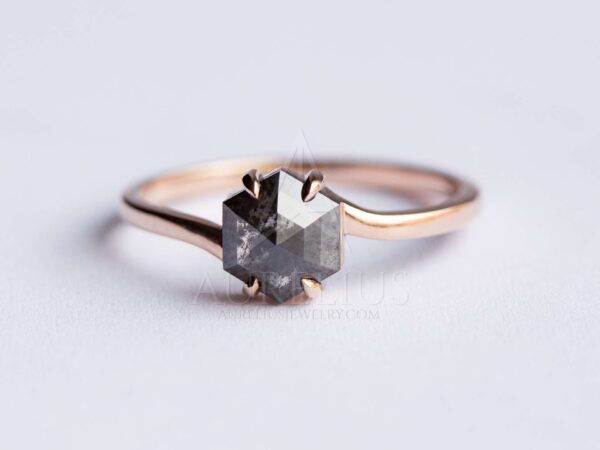
The prong setting is the most popular type of setting for engagement rings. A properly crafted prong setting will show off the diamond’s sparkle. An incorrectly crafted prong setting may make the stone appear smaller than it is. Gaps between the prongs can also compromise the wearability of the ring and its security. While any metal can be used to cast prong settings, 14k gold is recommended for best results.
The pros and cons of a prong setting for an engagement ring depend on the diamond type. A four prong setting is the most popular choice. The six prong setting is a bit more secure. A four-prong setting allows for more visibility of the diamond, while six-prong settings provide the highest level of protection. A six-prong setting is an overkill from a durability point of view, as a larger diamond will require more security. Saying that some bigger diamonds with 6 prongs would make diamond engagement rings look very classy.
6 Prong Ring Settings Examples
-
From $1,790.00 USD
-
From $2,490.00 USD
-
From $1,690.00 USD
Claw Ring Settings
A claw setting for an engagement ring makes the center stone the focus. This setting is popular for many reasons, including its ability to show off the diamond as much as possible while also allowing the maximum amount of light to pass through.
A claw setting is also a versatile option for many different gemstones, including emerald, ruby, or sapphire. Claw settings are traditional, but there are many styles available.
Another option is a bezel setting. This style looks like a small metal cup that is folded over to hold the engagement ring center stone. Bezel settings can accommodate a variety of different shaped gemstones and can be left with a clean and a sleek ring finish, or embellished with accent stones or engravings. The claw setting is the most traditional option for setting a diamond on an engagement ring, but it can also be used for an alternative stone or metals.
Another popular style is the prong setting. This style is the most popular, and it gives the center stone excellent security. In addition to its classic, timeless appeal, prong settings allow more light to interact with the stone, making it appear brighter and more beautiful. A prong setting is also an excellent choice if you have a hands-on job. This style can be easily removed should you need to do heavy-duty activities, or if your partner frequently has to handle rough materials or has to wear a plastic glove.
Channel Ring Settings
A channel setting for a ring is a classic option for an engagement ring. This design is very popular, and it is a secure way to set accent diamonds in a band. It can be a great choice for a band with a center stone, because it allows the stone to be visible, but it is also very easy to wear and protects the entire piece. Whether you want to set a diamond in a ring of any style, channel setting is a classic choice.
Another benefit of channel setting is that the gem takes center stage, and the metal lips will not snag the stone. While prong settings may look attractive, a channel setting will keep the gem in place and protected from snagging on clothing or projections. A channel setting is more difficult to resize than other settings, so make sure you choose the proper ring size and have it checked for loose stones before buying. This style is ideal for rings with smaller center stones.
Another type of ring setting is a pave setting. The name “pave” comes from the French word “paved.” A pave setting uses minute pieces of metal to anchor diamonds in a halo or shank. A channel setting, on the other hand, consists of two parallel rows of metal, creating a central channel. This setting does not require metal prongs, so it gives the ring a modern, fresh look.
Channel setting for ring settings can be difficult to clean and repair, and it is often more difficult to resize the ring. If your ring becomes loose, you can try to tighten the stones in the channel, but this may cause the ring to lose its shine. A channel setting is also difficult to resize, and the jeweler may have to bend the channel if he or she tries to change the size of the ring.
Channel setting for engagement rings are a popular choice for many couples. Whether your diamonds are round, oval, or square, channel settings look stunning, and can be both primary and complimentary decorations. They also hold gemstones in rows and create a symmetrical design. Channel settings are also extremely affordable and can make the perfect wedding band. Listed below are some advantages and disadvantages of channel settings. Read on to find out more!
When choosing a channel setting engagement ring, you need to keep several things in mind. You need to make sure that the band size is right before buying it, and you should also check the setting channels for loose stones. The walls of the channel should also be smooth and free of bends. Also, make sure that the stones are evenly spaced, and even if they touch, this is ok. In general, diamonds are not as durable as other gemstones, so they may appear dull and lifeless.
-
From $1,390.00 USD
The channel ring settings for the engagement ring are another option to consider. It allows the gemstones to take center stage, as opposed to being hidden behind the metal. The metal lips that encircle the stone secure the stone and keep it secure. The negative space along the side of the stone protects the gem from chips and projections, which makes it less likely to become damaged. Lastly, the channel setting allows for compromises between beauty and clarity. In addition, minor imperfections in the diamond will not be obvious to the eye.
Halo setting
The halo setting has become an iconic style for engagement rings. It is an easy way to add a touch of glitz to your ring, and the halo is also extremely customizable. Halo settings can make your diamond appear half a carat larger than it really is. In this article, Adam Patrick, a manager at A La Vieille Russie in New York City, and Rohan Agrawal, co-founder of Azeera, discuss the pros and cons of this style of setting.
The halo setting was popular in the 1920s, when peeps went loco for a halo setting. These rings featured multiple mini diamonds surrounding the center stone. When the Great Depression came along, the halo setting was replaced by other styles. Halo rings are popular for many reasons, including their ability to make the center stone appear larger than it actually is. They can also save money on the center stone.
Halo ring settings will enhance most centerpiece stones, whether they are large or small. It is an affordable setting option for an engagement ring. It also adds extra security to the center stone. And, because it is very versatile, it can be designed to feature different shapes of gemstones.
-
From $1,690.00 USD
The ring settings are made to protect your center stone, while also adding elegance to your overall design. The halo is often the most popular style for engagement rings, as it is both stylish and affordable.
Another popular style of ring setting is the halo. A halo setting features a center stone surrounded by a full circle of smaller stones, usually diamonds. A halo setting gives the illusion of greater size and makes a high-carat diamond look enormous. Even a quarter, third, or half-carat diamond can look half a carat larger than its actual size. The halo setting also gives you a higher quality diamond for the money.
Micro-pave setting
When choosing between a pave and micro-pave ring setting, you need to keep a few things in mind. Both styles are gorgeous, but the pave is typically more expensive, and micro-paves are more delicate. Micro-pave settings are more popular with budget-conscious buyers, as they have a more subtle look, and are more affordable. However, you should keep in mind that both pave and micro-pave settings are beautiful and elegant ways to incorporate intricate details. Your budget and style will determine which setting is right for you.
A micro-pave ring setting looks stunning when paired with a beautiful center stone. The setting adds to the brilliance of the ring and draws attention to the center stone. A few examples of beautiful micro-pave rings include James Allen’s trio micro pave engagement ring, which uses three rows of pave-set diamonds. It features a halo of small diamonds around the center stone. While many micro-pave ring settings contain fifty or more diamonds, you should remember that the average micro-pave setting only holds about 50 stones.
-
From $1,190.00 USD
Micro-pave settings are the most expensive and delicate of all pave types and are therefore more expensive. However, they last for years and can be resized without damaging the diamonds.
If you want to make the micro-pave ring setting more beautiful, choose diamonds of similar color. Diamonds of the same color will stand out more in the setting if they are yellow, and vice-versa. Also, make sure the diamonds are even in their placement; there shouldn’t be any single diamond sticking out. When selecting a micro-pave setting, it is important to buy from a reputable vendor to ensure that it was made with the highest level of craftsmanship.
-
From $890.00 USD
Basket setting
If you’re choosing an engagement ring, you may be wondering whether to go with a prong setting or a basket setting. Both have their own benefits and drawbacks, and here’s a brief comparison. Despite their similarities, there are some key differences between the two settings. A basket setting is more secure than a prong setting, and the center stone stays lower and closer to the finger. This helps it retain its brilliance and last longer.
Another popular style is the bar setting, which is common for engagement rings. Bar settings are typically vintage and antique and are often made from two metal bars perpendicular to the stone. They secure the stone in place by gently squeezing the stone, and usually feature three or more stones. Like channel setting, these settings are also cousins. Although they look similar, they offer different benefits and are an excellent choice for an engagement ring.
A prong setting holds the main stone in place with four pins on the corners. Because this setting is so high, it allows more light to enter the diamond and make it sparkle. This style is best paired with a wedding band, since it allows the wedding band to sit next to the ring, under the center stone.
Filigree settings are also popular, and are often used in Art Deco engagement rings. These settings are beautiful and allow light to shine through the gem. Another type of prong setting is the trellis setting. Trellis settings feature interwoven prongs, creating an elegant, but structured look.
Twist setting
If you’re looking for a ring that symbolizes endless love and devotion, then the twist setting is an excellent choice. This unique style combines brilliance and quality to highlight the center diamond. This style of ring is especially popular among men, as it can offer a truly individual look for the man in your life. If you want to know more about this ring style, read on to discover its benefits.
The Twist setting is a contemporary style of setting. It’s a V-shape, so the diamond will be held between two bands without the use of prongs. This setting allows extra light to enter the stone, and is available in 14K white gold, yellow gold, and rose gold. While it is an unusual style, it is still popular. You can choose from platinum, white gold, rose gold, or yellow gold. Just make sure you choose a setting that looks good with the type of diamond she’ll be wearing.
Another unique style is the Twist engagement ring. These rings feature two bands that interlock, with one band being made of metal and the other with pave diamonds. The center stone is held in place with four claw prongs or a delicate basket. Twist rings take their inspiration from vines found in nature, and they can be very elegant, especially with matching Twist bands. These rings are truly beautiful, and will certainly make her swoon. The stones that are usually used for these settings and in general are faceted and not cabochon gemstones. The usual shape that cabochons are is the ellipse one.
-
From $1,490.00 USD

